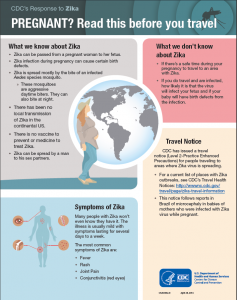The People’s Community Clinic Medical-Legal Partnership created a legal checkup to help pregnant people in Texas. Watch the videos to help understand common legal needs while pregnant.
What is a legal checkup?
A legal checkup is a tool that can be used by people during all stages of life to figure out:
- What legal needs they may have
- What legal issues they can prevent
What is a prenatal legal checkup?
The Medical-Legal Partnership’s prenatal legal checkup is designed to start conversations about health-harming legal needs during pregnancy. Each video covers a different issue, including health insurance, food security, domestic violence, employment, housing, healthcare decisions, parental rights, and breastfeeding. The goal is to help expecting parents to take their health into their own hands.
Why is a prenatal legal checkup important?
- Every year, 1.7 million people in the U.S. get sick or die simply from getting pregnant.
- Many illnesses and deaths are due to where we live, grow, work, play, worship, and age. These are called “social determinants of health,” and they matter a lot in staying healthy.
- Social determinants of health are shaped by legal requirements and restrictions. Having a lawyer can help you know your rights and live a healthier a life.
What if I think I may need legal help after watching the prenatal legal checkup videos?
Find help at TexasLawHelp’s legal help directory.
A note for providers about our prenatal legal checkup video series:
When we added a popular model of group prenatal care, we realized a lot of questions were asked that our traditional healthcare team did not have the structural expertise to fully answer. So we added a medical-legal partnership (MLP) lawyer to our facilitating care team. Like our other MLP attorneys, the prenatal care lawyer is embedded onsite to help address health-harming legal needs. Our MLP model also includes integrating the legal team’s structural expertise into every part of the delivery of healthcare, and so the prenatal care lawyer helped our clinicians and educators plan a curriculum for whole-person care throughout pregnancy. Our MLP lawyers also attend group medical visits, giving patients real-time access to integrated legal expertise. Patients reported reduced stress and increased legal literacy, and our providers reported improved self-efficacy in providing whole-person care. To help assure sustainability, we turned our live sessions into this video series, and we created this website to share our work with you.
Health Insurance
Watch this video to learn more about how to cover the cost of prenatal healthcare. Related topics include:
Public benefits and food security
Watch this video to learn more about what benefits may be available to help your family get nutritious food. Such benefits may include:
Employment
- Watch this video to learn more about what rights pregnant persons have in the workplace. Learn more at Pregnancy and the workplace.
Domestic violence
Watch this video about Protective Orders to learn more about how to stay safe from domestic violence.
Housing
Watch this video to learn more about housing rights. Related material on TexasLawHelp.org includes:
Medical decision-making
- Watch this video about medical Decision-making to learn more about how you can control or share your right to make medical decisions during pregnancy, especially if you face a serious pregnancy complication.
Parental Rights: Part One
Watch this video to learn more about parental rights, such as visitation and who gets to make decisions about the child. Topics include:
Parental Rights: Part Two
Watch this video to learn more about parental rights, such as safe visits when one parent has been abusive or is a danger to the child.
Breastfeeding
- Watch this video to learn about your rights as a breastfeeding parent in the workplace. Topics include break time for nursing mothers.
Early childhood issues
Watch this video to learn about government benefits that can help you get your child extra help in the community and at school, such as SSI. Related topics include:




